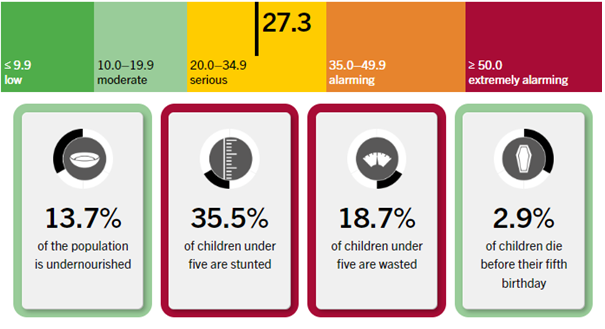7667766266
enquiry@shankarias.in
Recently , Global Hunger Index (GHI) 2024 has been published.


India was the world’s fastest growing economy , at 6.8% in FY24, with an estimated GDP of almost $4 trillion, ranking fifth globally.